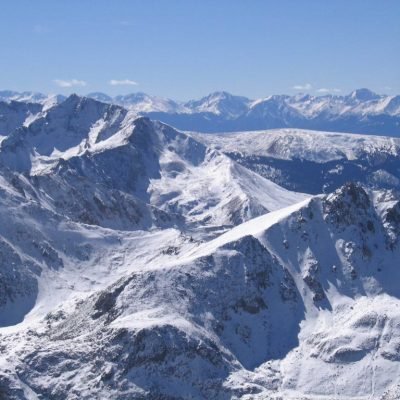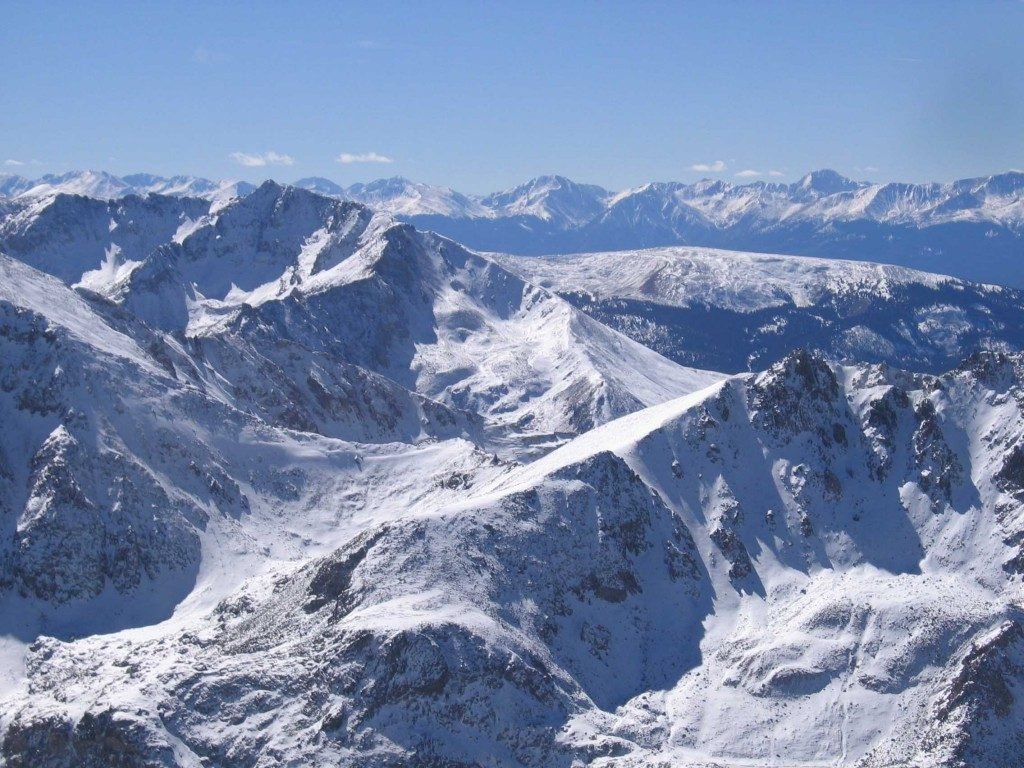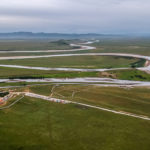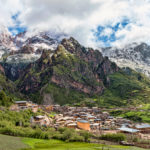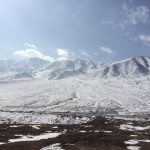Nestled amid the daunting Himalayas and the Kunlun mountain ranges, Tibet is known for offering some spellbinding views of nature. However, traversing through such high altitudes becomes a difficult task with the lack of oxygen and the trekker can suffer from conditions like dizziness, vomiting, or sleeplessness. While some visitors are able to deal easily and quickly with these altitudes others may find themselves feeling quite sick.
When the traveler moves up to a high altitude quickly, flying or driving directly from sea level, altitude sickness may be a common occurrence. The result in such cases is clear and the climber’s condition quickly gets worse. So, before planning a tour to Tibet, it is necessary that you inform yourself well about altitude sickness and how you can best take care of your body.
Altitudes and Acute Mountain Sickness
Here are the scales of Altitude:
8,000 – 12,000 feet (High) [2,438 – 3,658 meters]
12,000 – 18,000 feet (Very High) [3,658 – 5,487 meters]
18,000 feet and above (Extremely High) [5,500+ meters]
I find most of our visitors can go up to 8000 feet easily without experiencing any problems with altitude. With the decreased availability in oxygen, the rate of breathing becomes higher as the body is trying to breathe faster to take in more oxygen. However, at 8,000 feet oxygen levels in the blood remain the same as when doing household chores at sea level so we don’t have too much to worry about generally at such altitudes unless there is a severe pre-existing medical condition.
While every body adjusts to altitude differently, the symptoms of Acute Mountain Sickness (AMS) generally start to show above the altitude of 10,000 feet. So it is best to try to take 2-3 days adjusting to the altitude around 10,000 feet before ascending higher.
AMS becomes severe as the elevation becomes higher. Try to avoid going to such high altitudes directly from sea level. The traveler’s condition can get worse when they sleep, since the body’s respiration decreases during sleep.
If you can acclimatize properly that is great but if not- move back down. There are preventive AMS medicines which can be taken but make sure you consul a doctor first as there might be side effects or allergic reactions to these.
You can also take test for Ataxia (a lack of coordination due to decreased brain function). Ask the potentially affected person to walk in a straight line, placing his toe to his heel and so on. If that person fails that simple test, start moving down immediately because this is a pretty good sign that AMS has advanced into a moderate or severe condition.
What Causes Altitude Illnesses
The concentration of oxygen at sea level is about 21% and the barometric pressure averages 760 mmHg. As altitude increases, the concentration remains the same but the number of oxygen molecules per breath is reduced. At 12,000 feet (3,658 meters) the barometric pressure is only 483 mmHg, so there are roughly 40% fewer oxygen molecules available per breath. In order to properly oxygenate the body, your breathing rate (even while at rest) has to increase. This extra ventilation increases the oxygen content in the blood, but not to normal sea level concentrations. Since the amount of oxygen required for activity is the same, the body must adjust to having less oxygen. In addition, for reasons not entirely understood, high altitude and lower air pressure causes fluid to leak from the capillaries which can cause fluid build-up in both the lungs and the brain. Continuing to higher altitudes without proper acclimatization can lead to potentially serious, even life-threatening illnesses.
Acclimatization
The major cause of altitude illnesses is going too high too fast. Given time, your body can adapt to the decrease in oxygen molecules at a specific altitude. This process is known as acclimatization and generally takes 1-3 days at that altitude. For example, if you hike to 10,000 feet (3,048 meters), and spend several days at that altitude, your body acclimatizes to 10,000 feet (3,048 meters). If you climb to 12,000 feet (3,658 meters), your body has to acclimatize once again. A number of changes take place in the body to allow it to operate with decreased oxygen.
- The depth of respiration increases.
- Pressure in pulmonary arteries is increased, “forcing” blood into portions of the lung which are normally not used during sea level breathing.
- The body produces more red blood cells to carry oxygen
- The body produces more of a particular enzyme that facilitates
- The release of oxygen from hemoglobin to the body tissues.
10 Guidelines for Better Acclimatization
Following are some tips for better acclimatization:
1.) Slowly gain altitude
If you go above 10,000 feet (3,048 meters), only increase your altitude by 1,000 feet (305 meters) per day and for every 3,000 feet (915 meters) of elevation gained, take a rest day.
2.) Keep your body properly hydrated
Acclimatization is often accompanied by fluid loss, so you need to drink lots of fluids to remain properly hydrated (at least 3-4 quarts per day). Urine output should be copious and clear. Keep on drinking enough Oral Rehydration Salts, water, and other beverages like juice, soup, and milk. In the place of plain water, drink garlic flavored water. You can keep pieces of garlic in your water bottle and this will help regulate the oxygen levels back to normal. Too much black tea and coffee is a no-no because these things dehydrate you.
Also avoid over hydration.
Do not force yourself or anyone else to drink water if they are not feeling thirsty. This might lead to vomiting or even worse.
3.) Avoid sleeping at high altitudes
The respiration rate in one’s body declines when a person sleeps. Thus, it is recommended spend a full day at high altitudes and then descend to lower altitudes in the evening hours. The mantra for mountaineers is “Climb high and sleep low”. It is very important to make sure you are sleeping as low as possible even if you were up high in the day.
4.) Do not over exert yourself
It is advisable that you should avoid unnecessary exertion. Do not indulge in any excessive mental or physical activity as it may lead to heavy breathing and even headaches and nausea. Even simple tasks like walking slowly can be exhausting with the lack of available oxygen so limit your activity and make sure you are getting lots of rest. If you happen to be hiking, walk at a slow, consistent pace. I have seen lots of young guys try to impress their macho friends and end up throwing up because they pushed a little too hard and it caught up with them.
5.) Avoid alcohol and drugs
When traveling at altitude it is best to hold off on the consumption of alcohol, anti-depressant drugs, tobacco, and smoking.
Also avoid anti-depressant medications such as sleeping pills, tranquilizers, and barbiturates. Consumption of these substances can lead to respiratory problems during sleeping, thus worsening your condition at altitude.
Remember: Save the celebration beer for your return journey after you have already ascended and descended and when you are back below 10,000 feet!
6.) Keep your body warm
Always keep your body warm by wearing layers with synthetic, down, or wool fibers. Make it a point that your clothes are always dry by changing your socks and undergarments daily (especially before bed). It is best to wear wicking fibers like polyester long underwear to keep the fabric next to your skin warm and dry. When at high altitudes the best way to stay warm is to stay dry so the freezing temperature does not suck heat from your body with moisture. Also make sure you pee before you go to bed as the excess water in your body requires unneeded heat and energy to keep it warm.
7.) Consume enough carbohydrates
When you are at high altitudes, it is best that you eat a diet that is high in carbohydrates. Our body absorbs 70% of its calories from carbohydrates. Also, consume simple foods that are not likely to upset your stomach.
8.) Avoid sleeping in the day time
It is best if you completely avoid sleeping in day time. If you do feel sleepy, you can indulge yourself in a little nap but if you do so, try to sleep in upright position. This helps keep the blood in your head (and prevents headaches) and aids in better respiration.
Lay your back against the wall or the back of the bed and try to sleep in that position. Another option is just in trying to keep your head at a higher level than the rest of your body. Where possible try to use a pillow or a fleece to prop your head above your shoulders.
9.) Pack preventive medicine for AMS
As you plan a tour to Tibet, it is advisable that you should consult your doctor about suitable AMS preventive medicines for yourself and those accompanying you. Also be sure to ask your doctor about any potential side effects or any other likely allergies. Most high altitude medicine like Diamox increases your oxygen absorption in your blood and needs to be taken at least a few days before traveling to altitude.
10.) If possible, pack a small Oxygen cylinder
If it is possible, you can pack a small Oxygen cylinder to take care of the symptoms of AMS. Using oxygen will surely help but it is advisable that before using the kit, consult your doctor about the amount of oxygen that has to be inhaled during the trip (ie: the flow rate and the percent of oxygen used in the bottle). In the case of an emergency, regularly and slowly breathing bottled oxygen can help a lot in alleviating high altitude sickness.
And, of course, the best remedy to altitude sickness is always to descend to a lower altitude as fast as possible. Even a change of 100o feet in altitude can make a big difference in how you are feeling.
Symptoms of AMS (Acute Mountain Sickness)
The following is a list of symptoms and possible cures for the different levels of AMS:
Mild AMS
Symptoms: Headache, faintness, tiredness, shortness of breath, loss of appetite, vomiting, troubled sleep, and a feeling of sickness
Possible cure: Medication and/or descend
Moderate AMS
Symptoms: Reduced coordination (ataxia), Severe headache (not relieved by medicine), other mild level symptoms with increased effect
Possible cure: Advanced Medication and/or Immediate Descent around 305-610 m
Severe AMS
Symptoms: Inability to walk, declining mental status, and fluid build-up in the lungs
Possible cure: Emergency Evacuation, Oxygen, Gamow Bag (a portable Hyperbaric chamber) Immediate Descent around 610-1,220 m
